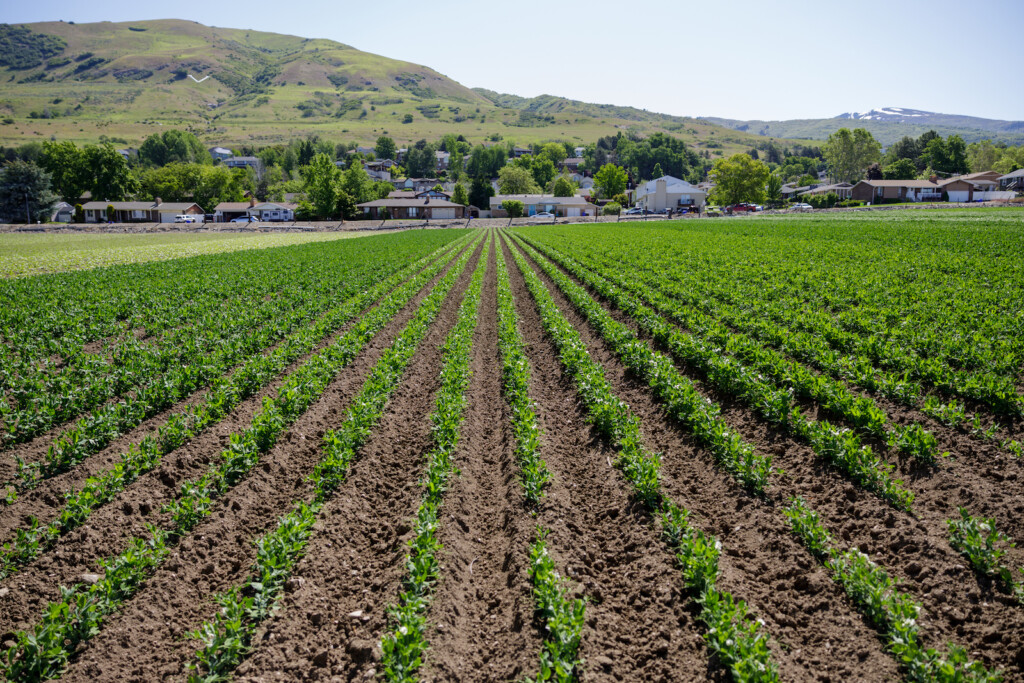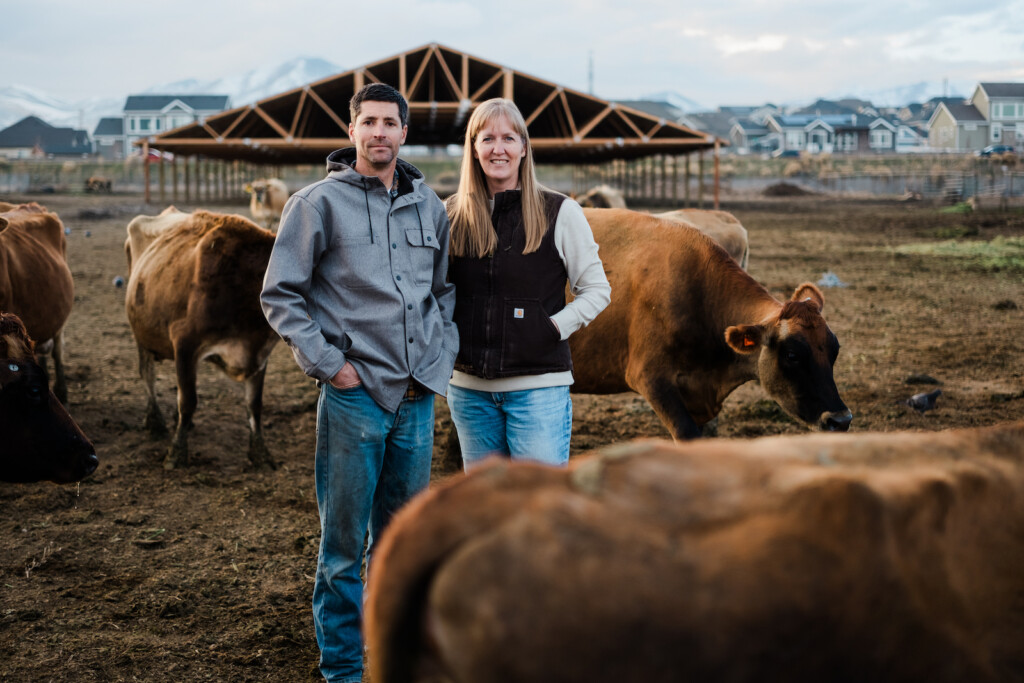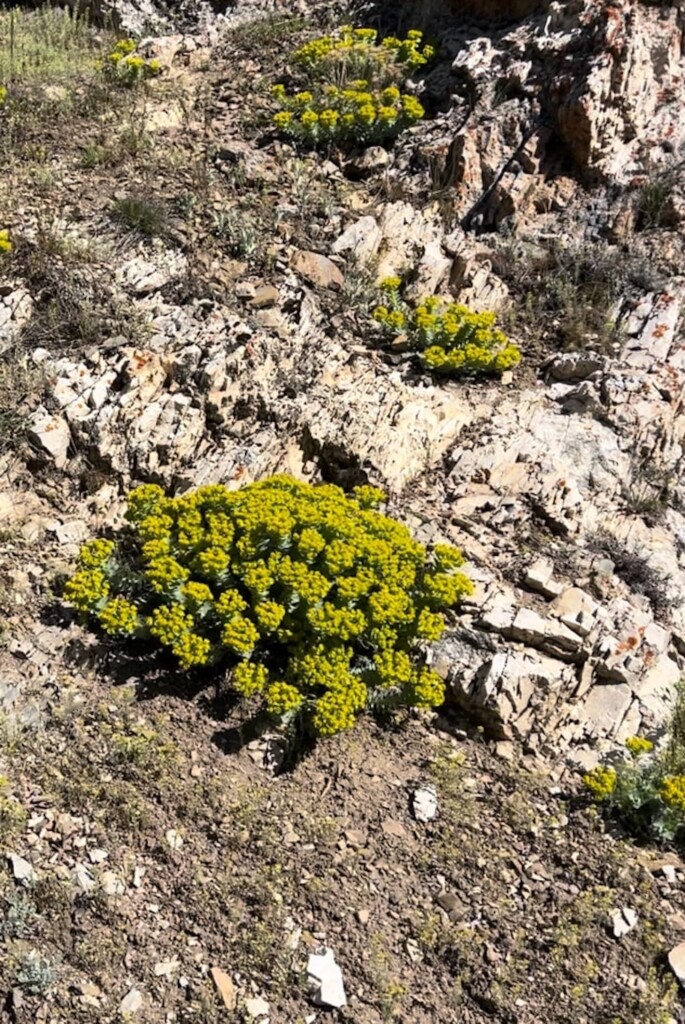Radish Sandwich Recipe: A Family Tradition at Bangerter Farms
What do you do with a radish that doesn’t come in a pre-mixed salad bag? You make a radish sandwich, of course. At least that’s what Alan Bangerter’s family would do. “You just add a little butter and a bit of salt,” said Bangerter during a recent interview regarding the 122-year-old family farm.
In 1886, Alan’s great-grandfather, Nicklas Bangerter, came to Utah from Switzerland, and in 1902, he bought the original 10 acres of land for the family homestead located in Bountiful. That investment in land has served the past six generations well, producing some of the state’s best zucchini, sweet corn and other vegetables, and of course, radishes. They have since added more acreage in Bountiful and Farmington.
“My dad, Charles W. Bangerter, was born on the farm in 1918 in the home built by his dad, Orson N. Bangerter, in 1906,” Alan said. “He worked on it for over 80 years until he passed away in 1999.”
The family farm, Chas W. Bangerter & Son, named after Charles, is now managed by his son, Alan Bangerter, and his three sons and a daughter (Charles, Nicklas, Bryce, and Ally) who now manage the family business.
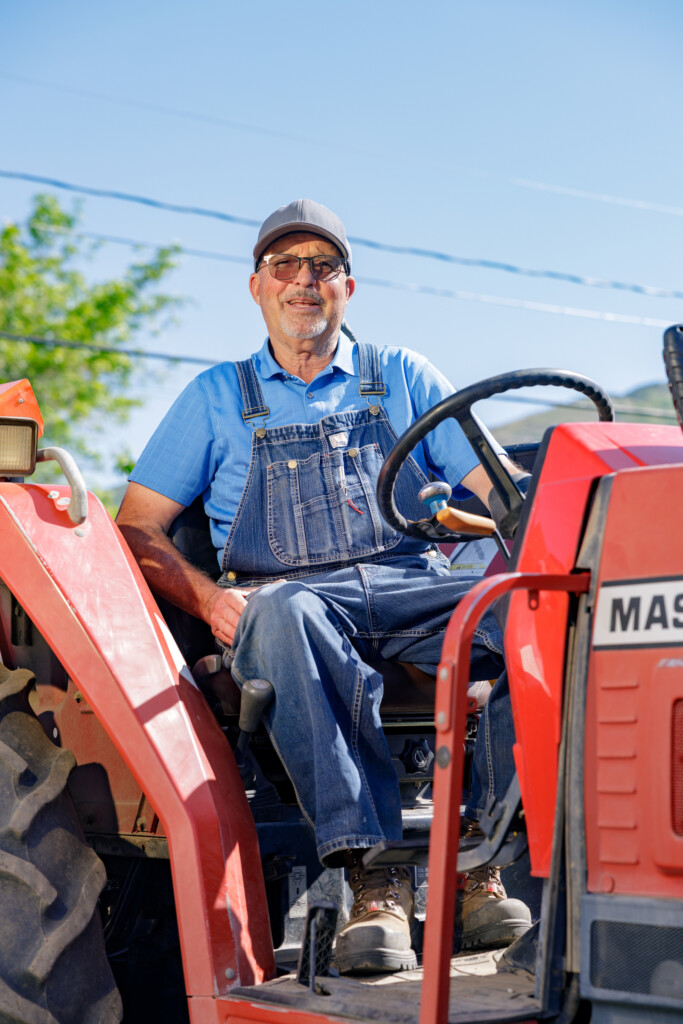
Challenges of Running a Farm
Bangerter Farms has seen its share of challenges over the last 122 years. The challenges that come with modern farming may be different than they were in the Great Depression years, but they are always in the back of any farmer’s mind.
Selling locally sourced produce to local consumers or restaurants isn’t a new concept; organic and sustainable is a must for many, but it takes a lot of work to keep a farm running to make sure that fresh-grown produce makes it to your dining room table.
Development Encroachment
In 2018, Bangerter Farms faced a huge challenge and loss of land due to eminent domain when they learned the West Davis Corridor — an offshoot of the Legacy Highway — would take a huge portion of their land.
“For the two highways (Legacy and West Davis Corridor) they took 38 acres, and we fought against the rest that they wanted,” Alan mentioned as the tractor sat idle in the middle of the field while he took a phone call. “The loss that comes from development is hard,” he said.
“We’ve been able to enhance our land so that it produces some of the best vegetables in the county — maybe in the whole state,” he said. “Some people don’t realize that radishes (one of our minor crops) are going for a lower price this year than they were the last four years — but the cost of fuel, fertilizer, seed, and other items is more money now, and with the current inflation it’s difficult to compete against produce purchased in bulk that is shipped in across state lines.”
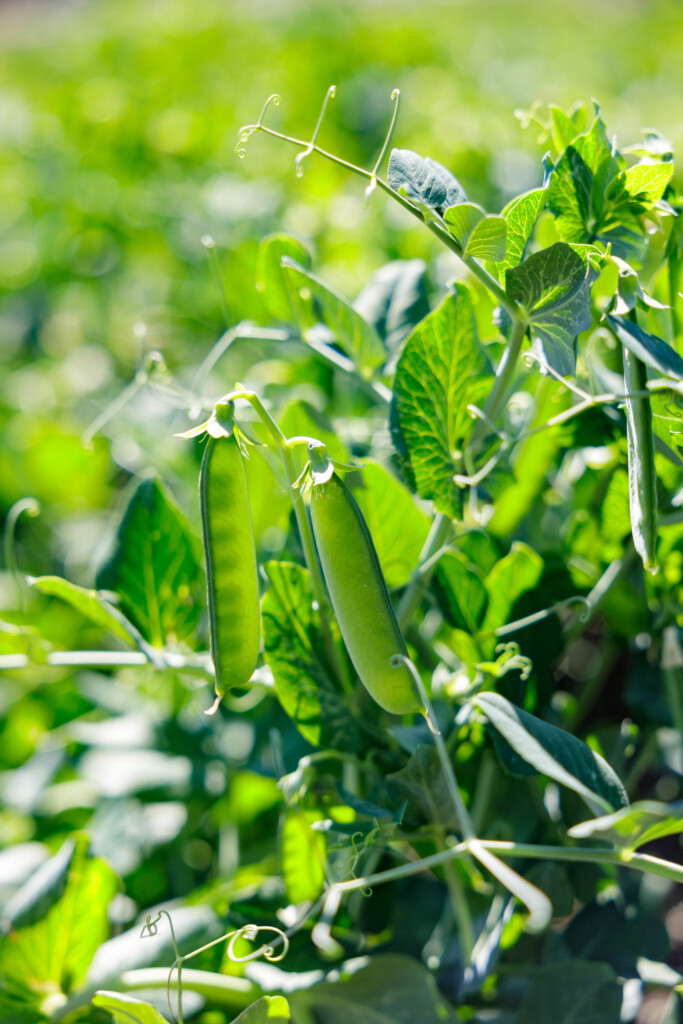
Farm Stands and Retail Sales
The family is well known for their farm stands and bulk produce that goes to local retailers and restaurants like the Mandarin in Bountiful, which purchases from them. They donate any surplus to the food bank three times a week. Alan explained that they “do about 90% wholesale and 10% at the farm stand, but they have costs besides the fuel and fertilizer that come with that as well. The cost of water has jumped up exorbitantly for a couple of our fields.”
Farm Operations
The farm falls within the Davis Aqueduct which is overseen by the Weber Basin Water Conservancy District; however, some of their land falls under a different jurisdiction, making some of the farm’s water bills extremely high. This makes the cost of production higher and lowers the profit margin. It’s like the circle of life for farmers. It’s all connected.
Drought is always a challenge for the farm and they watch every drop of water they use. They’ve experienced early water shut-offs to specific locations from Weber Water due to the drought, and going without water makes it difficult to grow zucchini or anything else.
“We have a huge operation here,” Alan said. “We produce as much per acre as any other vegetable farm in the state on our 100 acres and we’re blessed to be here.”
The season runs from mid-May to late October and is always weather-dependent. The Chas W. Bangerter & Son, Inc. farm produces two semi-trailer loads of fresh produce a day during peak season. “We’re a tough breed but we’ve had to work hard to protect our farm,” said Alan.
“Everything we have here is hand-harvested and if it doesn’t get harvested it doesn’t get to market. We usually hire about 30 to 50 local adults and teens,” Alan said, “in addition to the 10 H2A Visa Workers we have for the season. The government sets the wage for them and we have to house them as well. They are hard workers and we appreciate them.”
The top five commodities produced in Utah are alfalfa hay, beef cattle, dairy cows, sheep, barley, and various fruits and vegetables. Therefore, it’s amazing that farms still have to prove they are necessary to maintaining the American way of life. At the very least, these farms provide dinner for you and your family.
The costs are high for farmers and ranchers, both emotionally and financially, with the ever-increasing inflation, fighting to keep their land, and as the Bangerters did in 2018, legally placing their land within an Agricultural Protection Area (APA) which shields it from the state and others for the next 20 years. But it all comes with a cost. A cost that can take an emotional toll. According to the National Rural Health Association, “Farmers are 3.5 times more likely to die by suicide than the general population.”
And financially speaking, some of the cost increases are eventually handed down to the consumer; you and me.
According to the US Inflation Calculator, the cost of fuel has skyrocketed over the last four years from a 1.2% inflation rate to a 4.1% average in 2023, with 2022 hitting a sky-high 8% increase; the highest in the last 24 years.
It’s not simply fuel, it’s the cost of anything farm-related, things that most of us don’t think about at all. Cardboard cartons for instance — the ones coated in wax that carry the vegetables from the farm to the truck to the store and sometimes into your homes. Cardboard prices hit an all-time high last February, according to the Producer Price Index from the US Bureau of Labor Statistics, and its value has risen 4% since December 2020. Not to mention the cost of wax that coats the cardboard too, since wax is a petroleum-based product. It’s all gone up, making it difficult to sustain the way of life that once made farming such a desirable way of life.
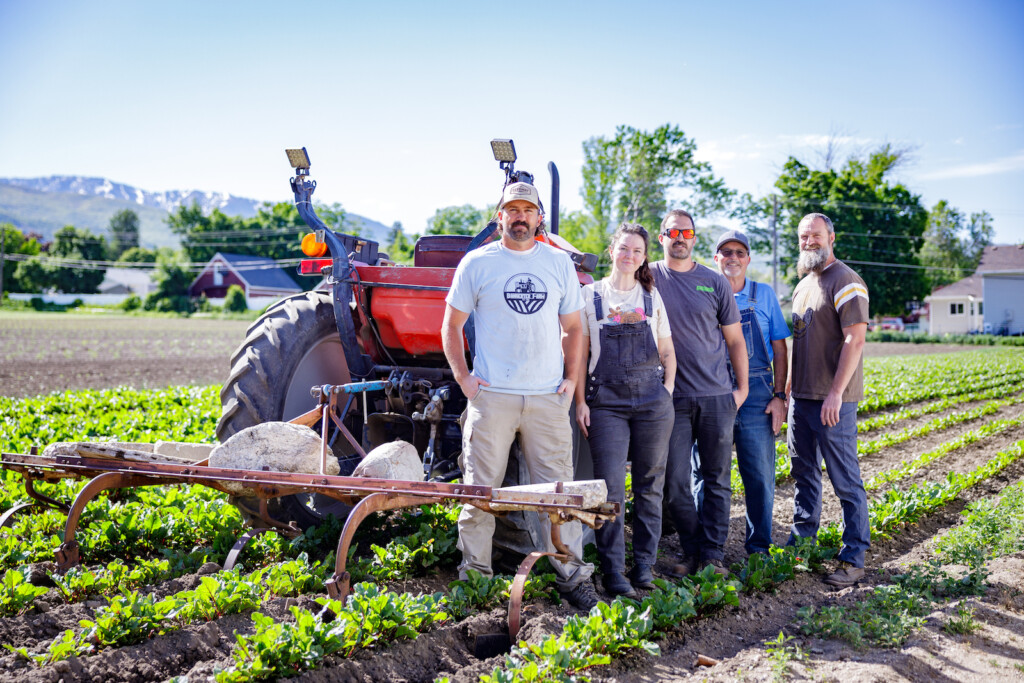
Bangerter said he’s not interested in selling. He never has been. “My family will continue to farm the land for generations to come,” knowing that he “can’t replace what we have,” he explained. “I feel responsible to make sure that my kids and grandkids are supported and can keep farming.”
Despite the challenges, the Bangerters have already begun planting for the season, tilling the ground, planting peas and corn, and yes, radishes for those homegrown farm-to-table radish sandwiches.
Feature Image: View of the Bangerter Farm. All Photos by John Taylor.

